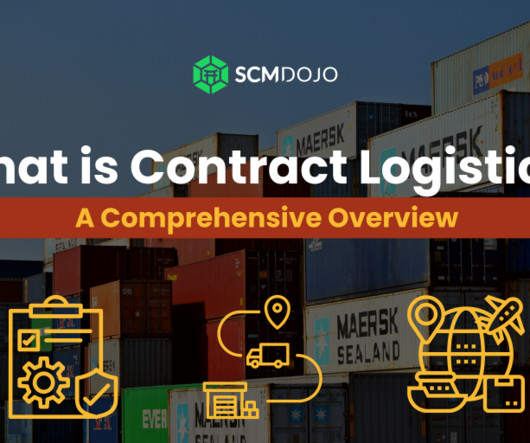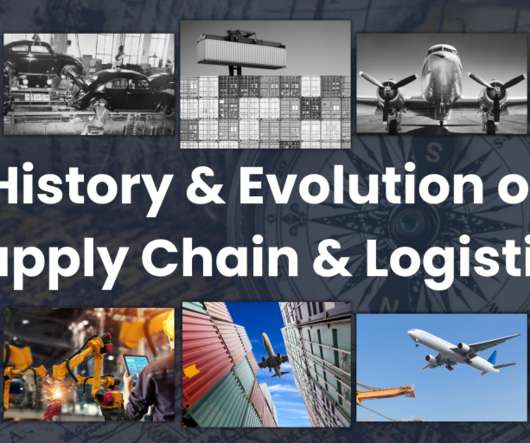The Ultimate Guide to Contract Logistics: What You Need to Know
SCMDOJO
JULY 24, 2023
Contract Logistics is a critical aspect of the supply chain that often remains behind the scenes but plays a significant role in ensuring the efficient movement and management of goods. Contract logistics is a specialized service offered by third-party logistics (3PL) providers to manage supply chain operations on behalf of a company.












Let's personalize your content